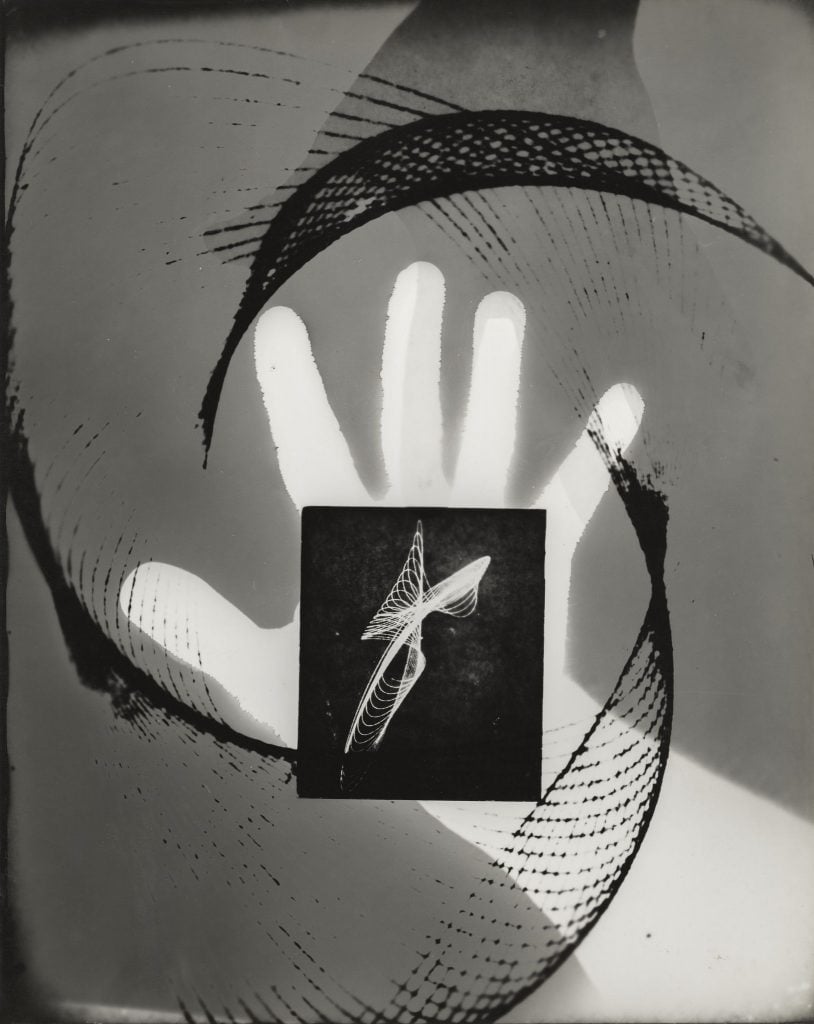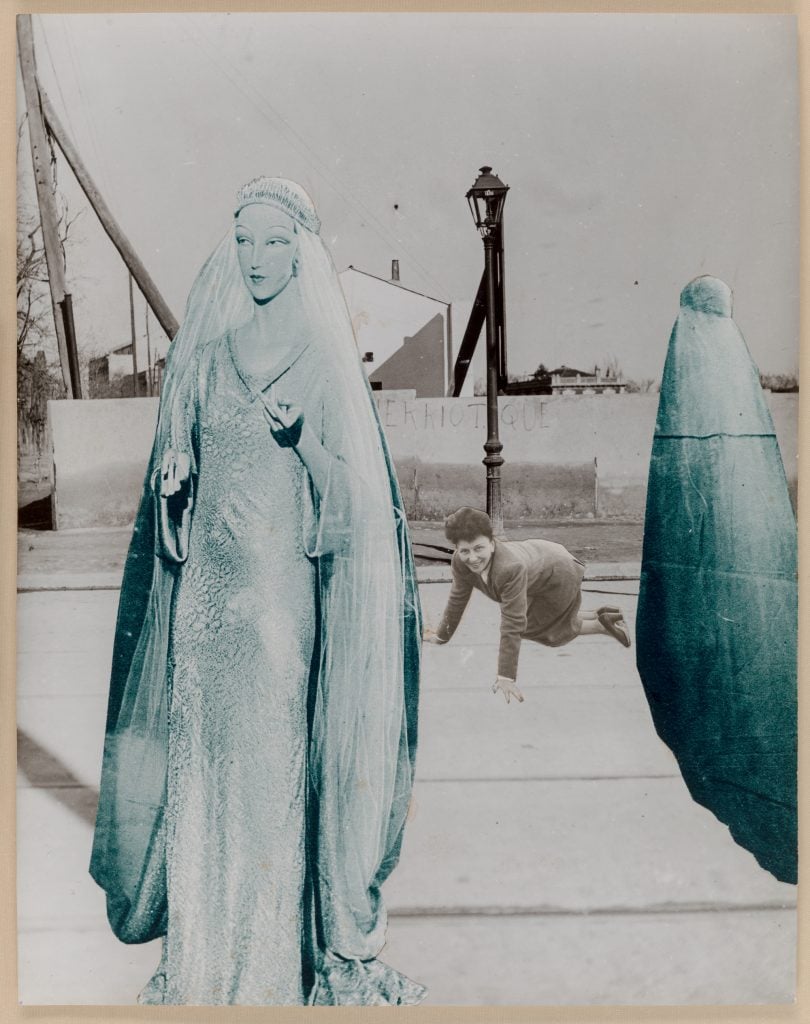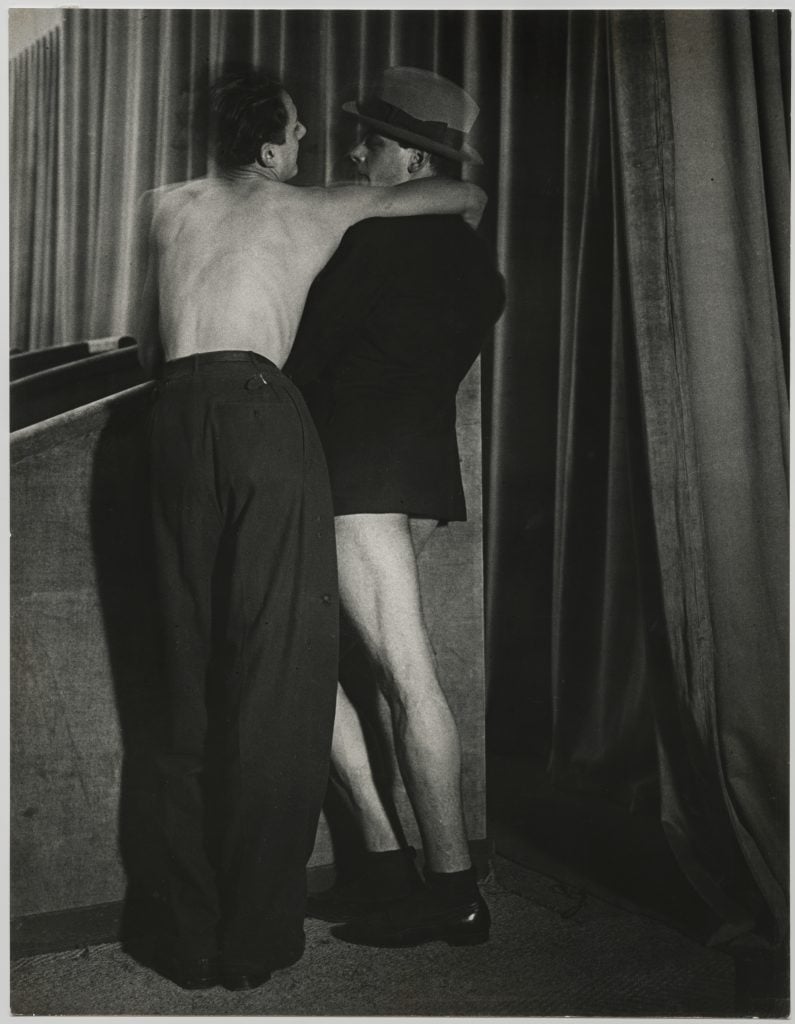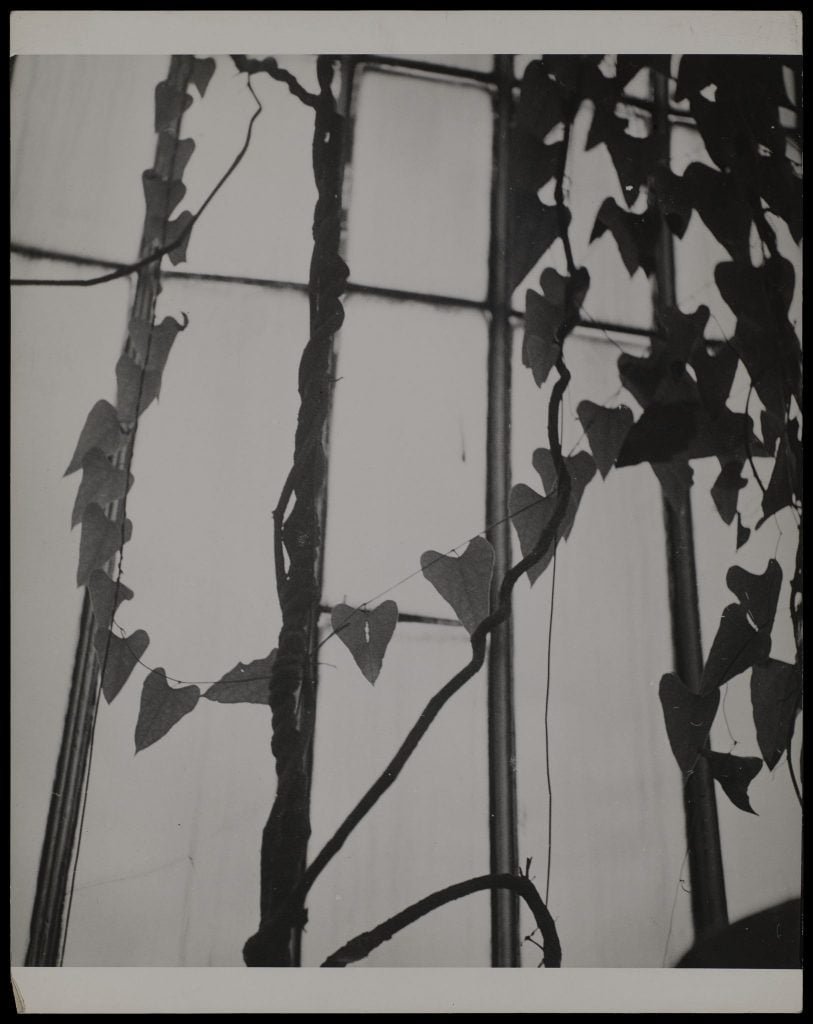
19 Dec A New Show at the Dalí Museum Honors Surrealist Photographers
Source Credit: Content and images from Artnet News. Read the original article - https://news.artnet.com/art-world/dali-museum-surrealist-photography-show-florida-2590162
This year’s wide-ranging Surrealism celebrations have explored aspects from feminism to the African diaspora. Few, though, have highlighted how the advent of modern photography helped shape the movement.
Now, the Dalí Museum in St. Petersburg, Florida has opened “The Subversive Eye: Surrealist and Experimental Photography from the David Raymond Collection,” a sprawling display of rare Surrealist photographs from the noted connoisseur’s collection.

Man Ray, Self Portrait, Distortion (1928 or 30). Photo: Collection of David Raymond, © Man Ray 2015 Trust / Artists Rights Society (ARS), NY / ADAGP, Paris 2024.
“The Subversive Eye” offers over 100 works made by more than 50 artists hailing from Surrealism’s European core and beyond, such as Japanese photographer Osamu Shiihara, between the 1920s and 1940s.

Gygöry Kepes, Woman with Guitar (1939). Photo: Collection of David Raymond, © Estate of György Kepes (Imre Kepes and Juliet Kepes Stone).
The exhibition catalogue includes an essay by British art historian Dawn Ades, who also contributed to the catalogue for the Corcoran Gallery of Art’s groundbreaking 1986 Surrealist photography show “L’Amour Fou.” Inside, David Raymond himself recounts his decades-long engagement with the subject. Raymond famously donated his entire Surrealist photography collection to the Cleveland Museum of Art in 2007, only to start amassing another soon after.

Jaroslav Rössler, Multiple Exposure of a Woman (early 1930s). Photo: Collection of David Raymond & Kim Manocherian,© 2024 Jaroslav Rössler—heirs.
One might expect that Surrealism and photography should be opposites. One captures reality, it could be argued, while the other distorts it.

Jaroslav Rössler, Self-Portrait (1929). Photo: Collection of David Raymond,© 2024 Jaroslav Rössler—heirs.
But, as “The Subversive Eye” posits, handheld cameras and easier printing processes didn’t just provide Surrealist artists with new tools to alter their images through techniques like collage, solarization, and multiple exposures. In fact, photography itself captures a kind of parallel reality.

Georges Hugnet, Statue and Crawling Woman (1936). Photo: Collection of David Raymond, © 2024 Artists Rights Society (ARS), New York.
“The Subversive Eye” explores this thesis through six thematic sections. “Transformations” demonstrates how Surrealists materially altered their photos. “Enigma of the Ordinary” then shows how they pictured mundane objects without amendments in order to highlight life’s absurdity.

Brassaï, Young Couple Wearing a Two-in-One Suit at the Bal de la Montagne Sainte-Geneviève (c. 1931). Photo: Collection of David Raymond,© Estate Brassaï –RMN-Grand Palais.
Next, “The Visible Woman” highlights how photography advanced the Surrealist aim to liberate desire. A range of female nudes appear here—some tender, some shocking, like Hungarian-French photographer Brassaï’s phosphorescent pants-down portrait Ass (1932). A cache of images by French artist Dora Maar (also Picasso’s lover and muse) temper such examples. Several of Maar’s works feature Nusch Éluard, the late wife of French poet Paul Éluard. The floral pattern from his mournful book Time Overflows covers an entire wall, lending this section a poignantly pretty atmosphere.

Manuel Alvarez Bravo, Parabola Optica (1931/38-39). Photo: Collection of David Raymond, © Archivo Manuel Álvarez Bravo, S.C..
“Poetic Objects” illustrates how Surrealist photographers imbued everyday objects with symbolic power through zooming or strategic cropping. “Automatic Sculpture” shows how photography allowed for an otherwise impossible form of sculpture through its ability to immortalize the momentary coalescence of objects, like a pile of metal fragments that Mexican photographer Manuel Alvarez Bravo shot at an industrial site.

Dora Maar, Leaf Abstraction (1930s). Photo: Collection of David Raymond, © 2024 Artists Rights Society (ARS), New York / ADAGP, Paris.
Finally, “Urban Mysteries” offers imagery captured through the Surrealist exercise of Parisian night strolls.
“The Subversive Eye” also allows guests to test these techniques for themselves. A photo studio features wooden mannequins, geometric metal boxes, coiled metal springs, and moveable light sources so attendees can stage shoots using their smartphones.

Umbo (Otto Umbehr), Mannequins (1929). Photo: Collection of David Raymond, © 2024 Artists Rights Society (ARS), New York.
In this way, “The Subversive Eye” ensures that the tradition of Surrealist photography outlives this year’s celebrations.
“The Subversive Eye: Surrealist and Experimental Photography from the David Raymond Collection” is on view through May 4, 2025 at The Dalí Museum, 1 Dali Blvd, St. Petersburg, Florida.
Source Credit: Content and images from Artnet News. Read the original article - https://news.artnet.com/art-world/dali-museum-surrealist-photography-show-florida-2590162

